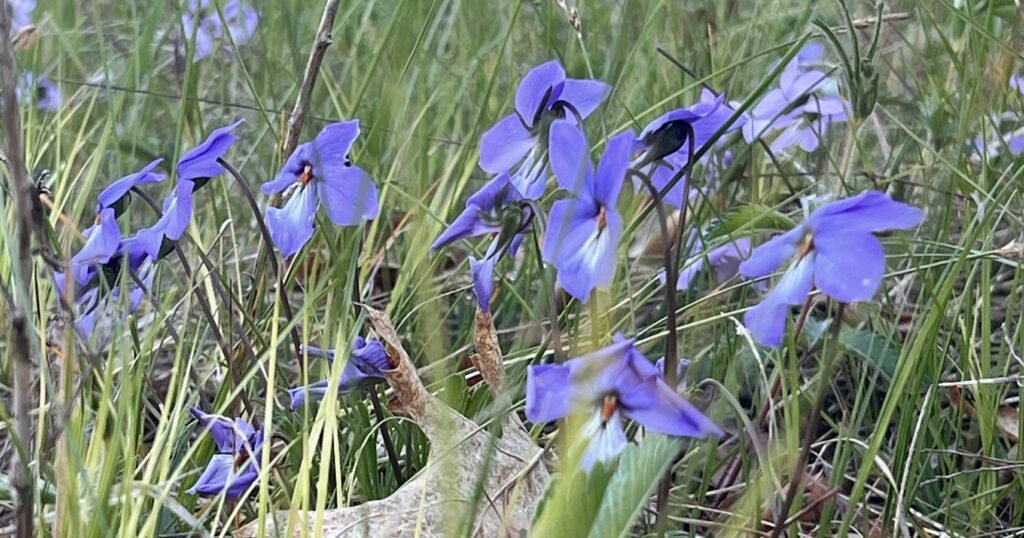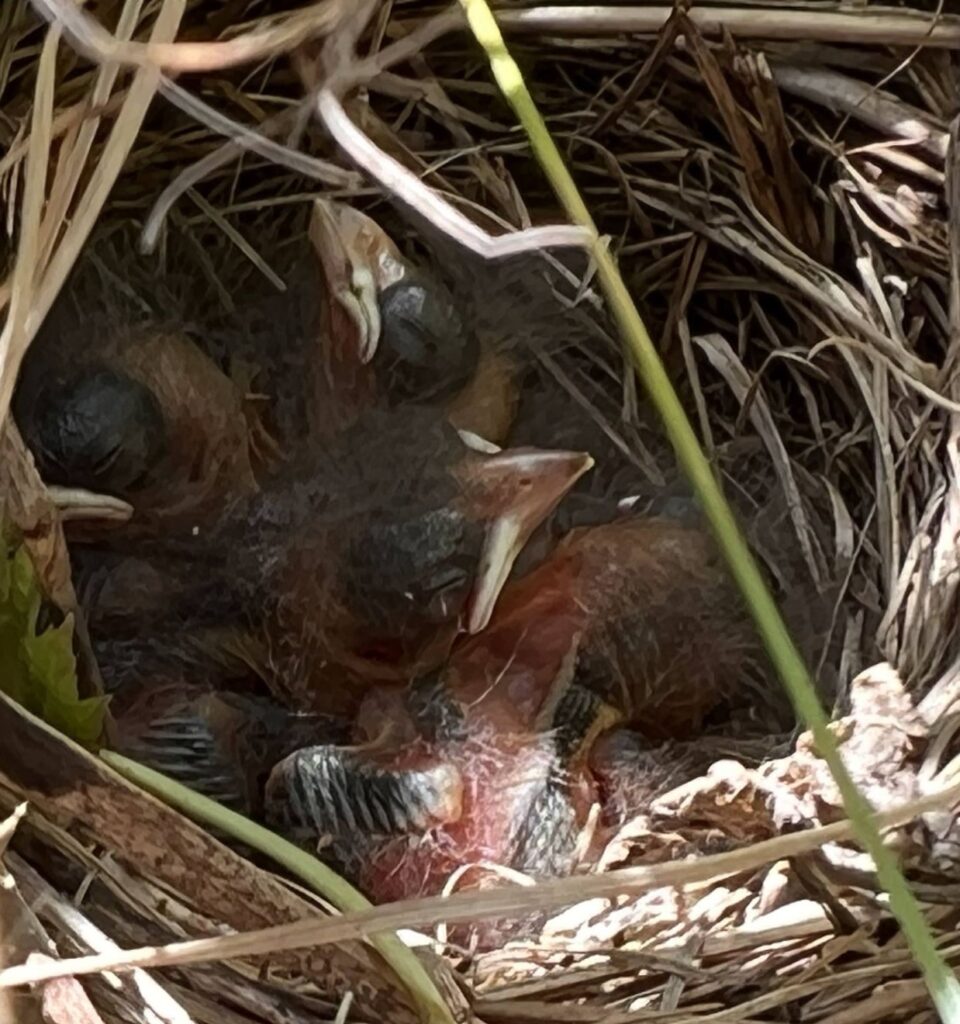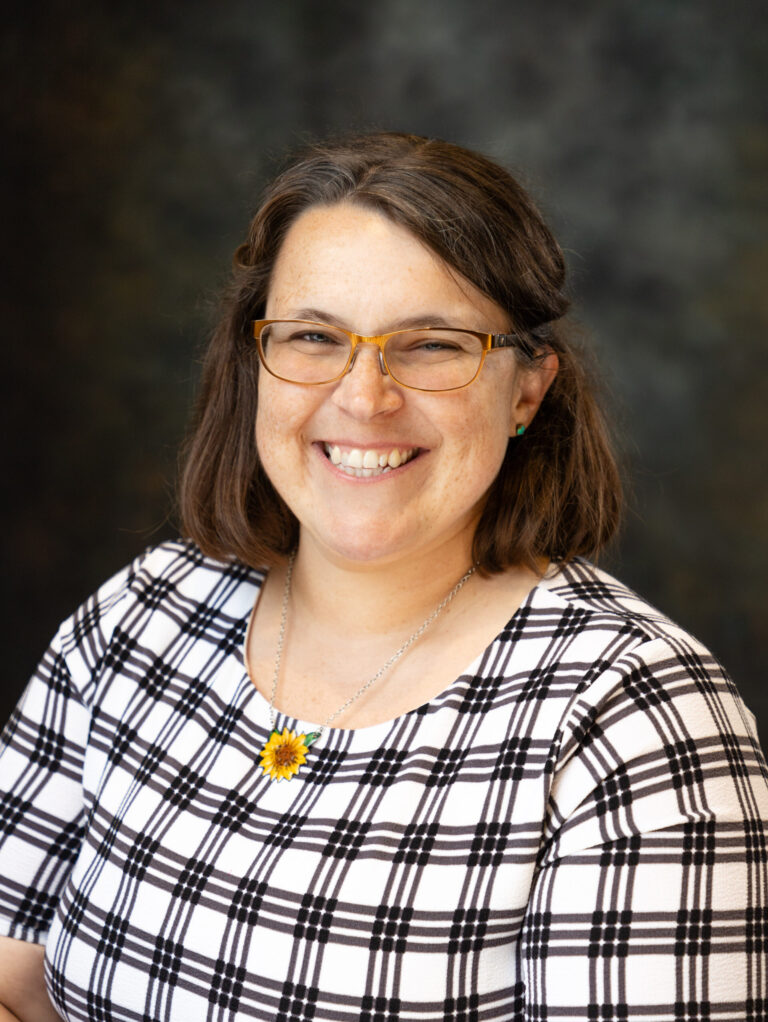Back Home by Chris Hardie

Storytelling is like weaving, with words serving as the fabric. Sometimes you take one thread and weave it into a full story.
Sometimes your thread comes in small pieces and you end up with a coat of many colors. Each thread tells a little story.
In journalism lingo, it would be a reporter’s notebook – chunks of information that when published together form a column. In that spirit, here is Hardie’s Hemmings. It could also be called Chris’s Scraps, but that doesn’t sound as polished and alliterative.
Yes, I know some of these hems are short, but they certainly don’t reveal too much.
Wildflowers brings back memories
One May memory I have as a child is a sea of blue that would pop up every year along the hillside edge above our farm. The source of this spring color were wildflowers.

Recently I saw a few of these flowers in the same spot they were over 50 years ago. Not being a botanist, I took a closeup photo, did some research and confirmed my conclusion with someone who is an expert – biologist and longtime freelance journalist Jerry Davis.
Jerry did indeed confirm my hypothesis – these were not wood violet species selected by school children in 1909 as Wisconsin’s State Flower, but bird’s-foot violet.
This violet is a native species that favors open oak woodlands or former oak savannas and dry, sandy soils – a perfect fit for the oak-lined hillside where they grow on the farm.
This year’s blue wave was not as dramatic compared to those days of long ago, but the memories it brought back was just as rewarding.
A hidden nest
Every year on the farm the robins build their nests in strange and sometimes inconvenient places. I’ve written in the past about robins building nests underneath the old dinner bell and even inside the engine housing of the skidsteer.
This year I discovered a nest amidst the grasses in our front flower border – on the ground. I was weeding the border and some movement on the ground caught my eye. I thought it was a snake at first but then discovered it was the movement of tiny beaks thinking I was bringing food.

I have my doubts that these birds will survive – considering the neighbor’s cat likes to hunt on our farm – but we will leave the nests undisturbed and let nature decide.
No camping for these caterpillars
While we allowed the baby robins to camp in our yard, we discovered other trespassers that were immediately evicted.
One of our apple tree branches was a commune for tent caterpillars. These voracious, leaf-devouring pests establish their silky tent in a sunny location to help warm their body temperature on early spring days.
Left unchecked, these invaders would severely damage our tree. The branch securing the tent was clipped and the denizens tossed into a fire. Burned at the stake, as it were.
Operation garden relocation continues
Our new garden location is coming along nicely, although I still need to build the fence to keep rabbits and deer out. We’ve lost a few plants to the greedy diners who certainly do not have reservations.
To help keep the weeds suppressed, we have been collecting grass clippings to spread on the garden. So far the focus has been between the rows of newly planted strawberries, but eventually I’d like to get the entire garden covered.

I took that to an extreme on a day when our riding mower broke down. I used a walk-behind mower with a bagger to capture clippings and walked more than 28,000 steps, which is more than 13 miles.
I didn’t get a ribbon for my half-marathon.
Chris Hardie spent more than 30 years as a reporter, editor


